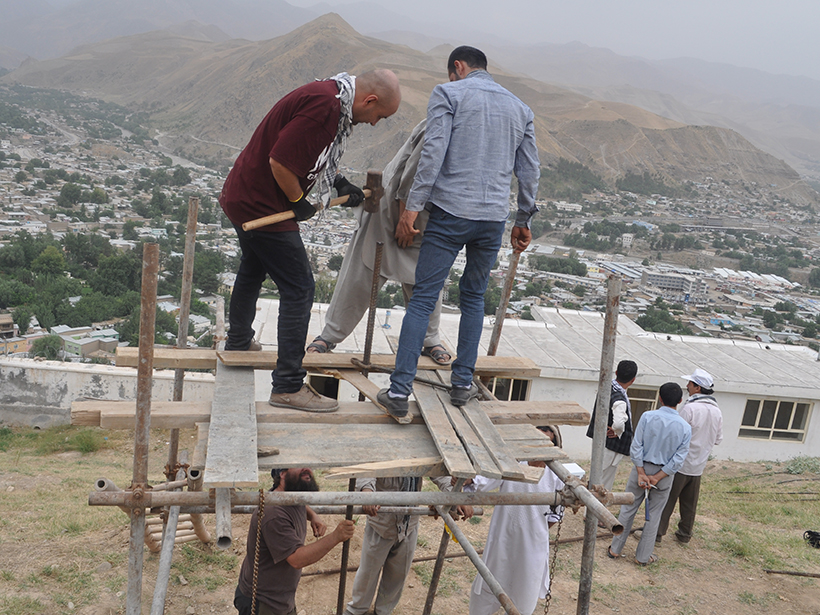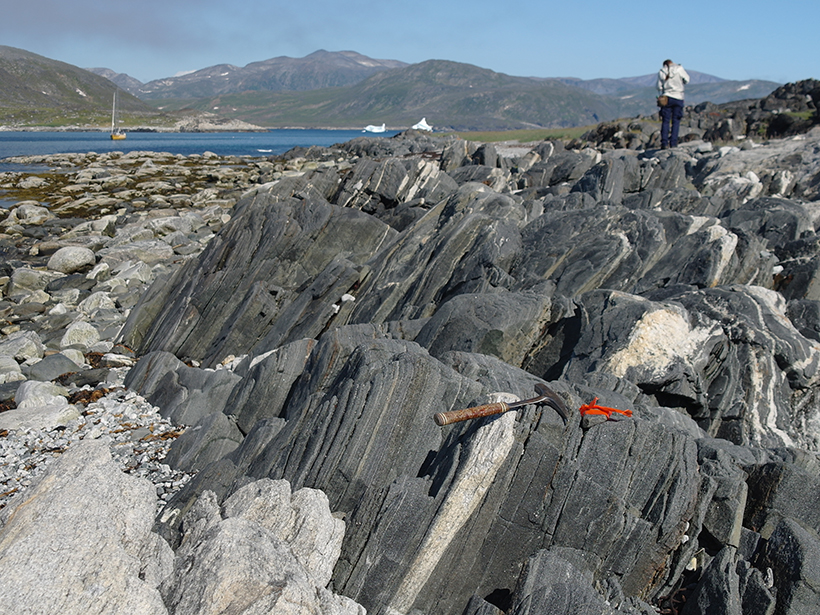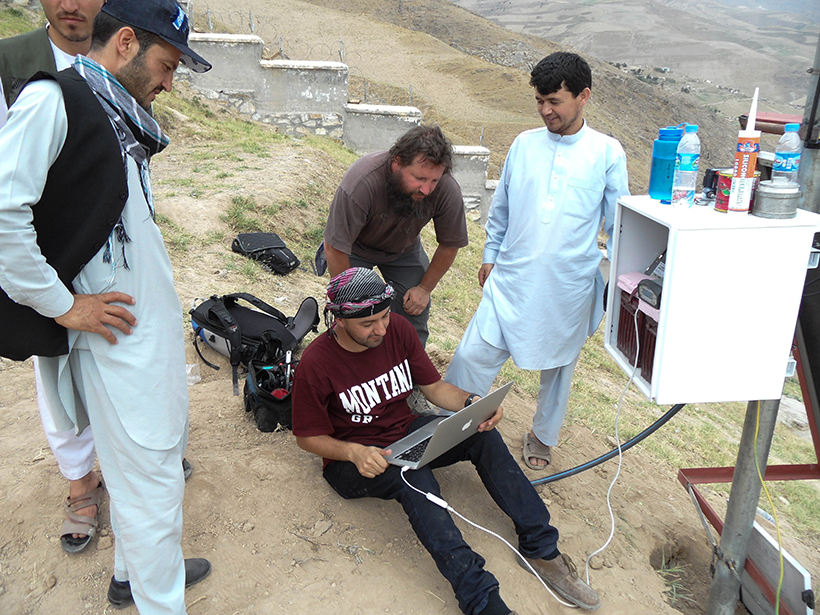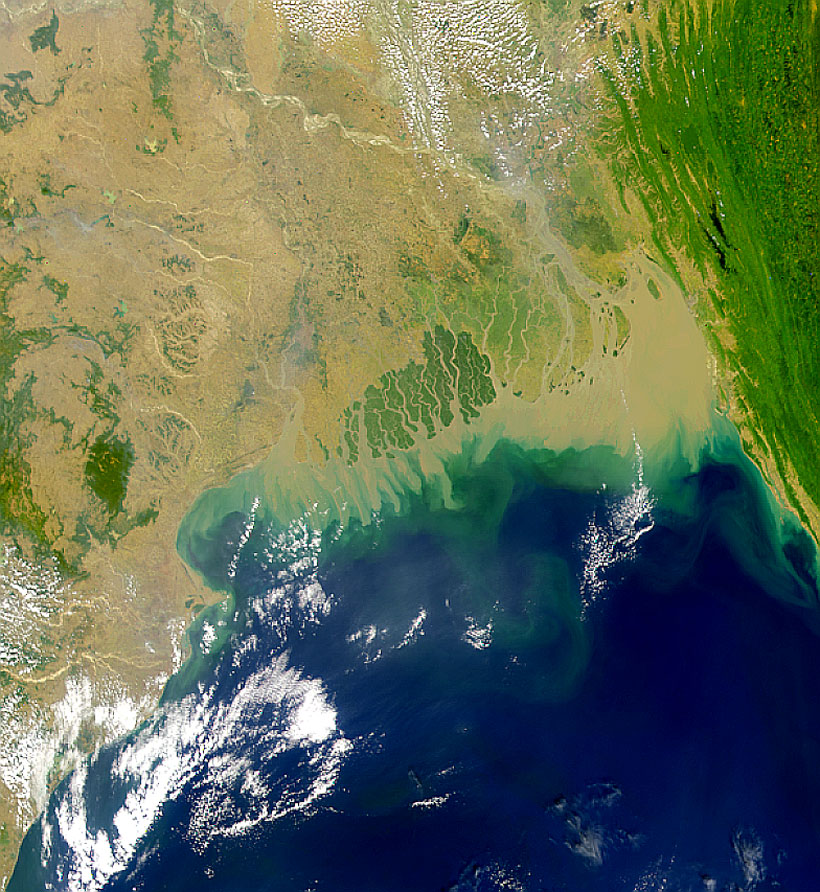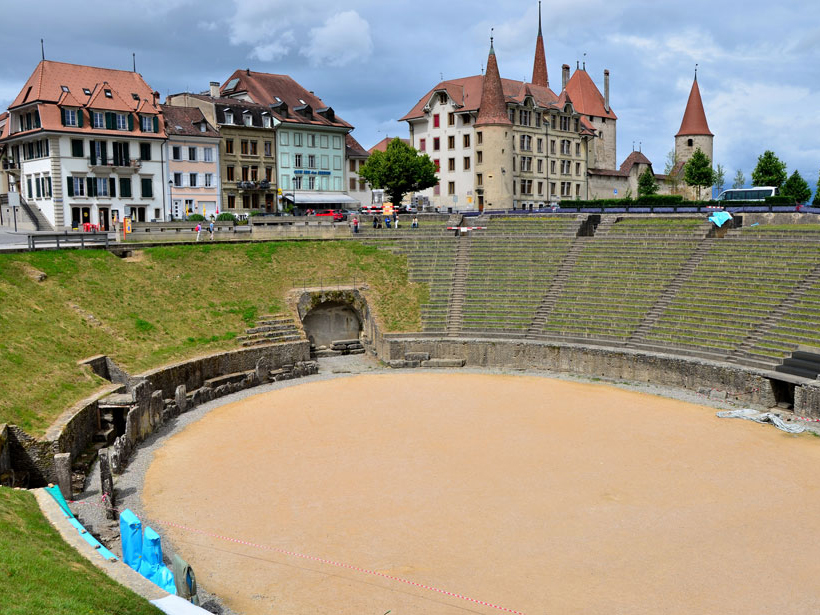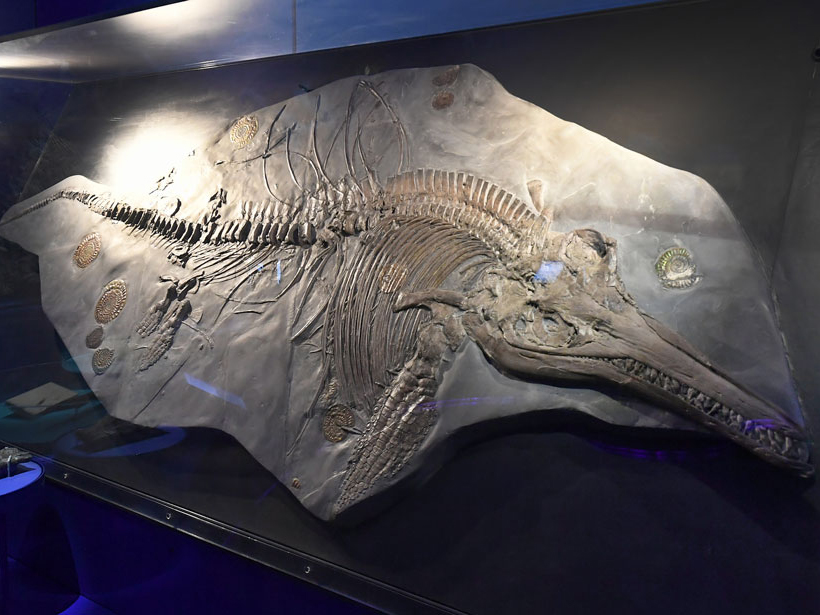How a first-of-its-kind team of Afghan scientists and engineers helped make a monolithic discovery.
L. Joel
Lucas Joel writes to explore the connection between nature and humans.
Hiroshima Bomb Created Asteroid Impact–Like Glass
The glass rained from the sky as the bomb annihilated the Japanese city.
When Water Met Rock
Geologists discover rocks bearing the earliest known evidence of water interacting with rock on Earth’s surface.
The Blob Causing Earthquakes
Geophysicists discover that a “blob” of rock sinking into the mantle is the force triggering earthquakes in the Hindu Kush.
The Search for the Severed Head of the Himalayas
To unearth the very first sediments to erode from the Himalayas, a team of scientists drilled beneath the Bay of Bengal.
Isotope Geochemists Glimpse Earth’s Impenetrable Interior
Painstaking measurements of isotopes and their relative abundance in rocks have illuminated the hidden inner Earth and our planet’s origins and shadowy past for much of the preceding century.
Ancient Romans Polluted Their Lakes Just Like We Do Today
Sediments from a lake in Switzerland reveal that ancient Romans triggered dead zones caused by the runoff of nutrients. Sound familiar?
How Did Life Recover After Earth’s Worst-Ever Mass Extinction?
Ocean animals at the top of the food chain recovered first after a cataclysm at the end of the Permian period. The extinction was triggered by events resembling the changes brewing in today’s oceans.
How Well Can the Webb Telescope Detect Signs of Exoplanet Life?
Recent research suggests that NASA’s next-generation space telescope will be good—but not the best—at finding life-sustaining levels of oxygen in an exoplanet’s atmosphere.
How Did Life Learn to Breathe?
Scientists unravel the conditions under which life evolved to breathe oxygen—and the findings have some stellar implications.

